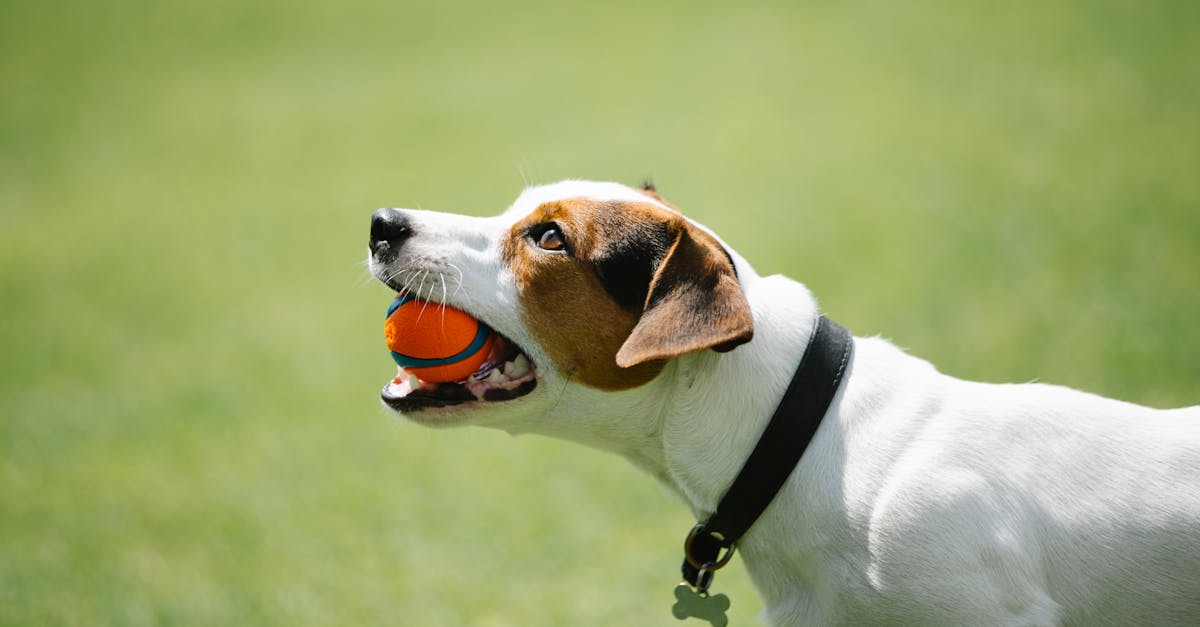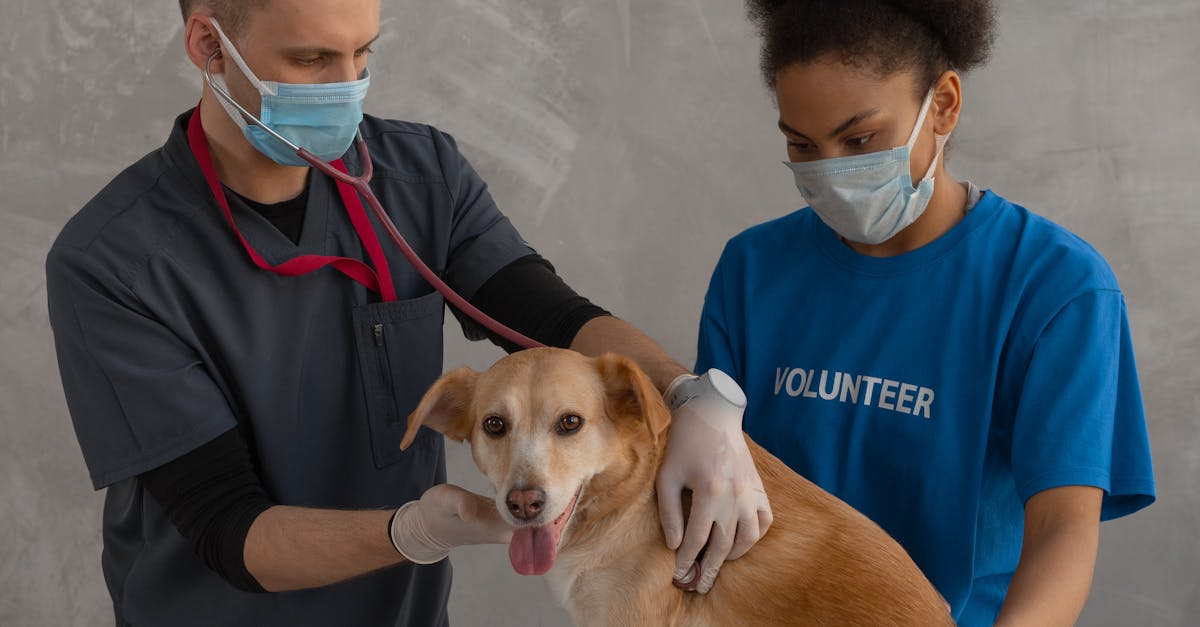The Importance of a Suitable Leash and Collar
As a dog owner for over two decades, I've learned that choosing the right dog leash and collar is more than just a shopping trip—it's about ensuring safety, comfort, and effective training for your furry friend. When I first got my Golden Retriever, Max, I was clueless about the nuances of selecting proper pet accessories. After all, isn't a leash just a leash and a collar, just a collar? Turns out, the options can be overwhelming, and making the wrong choice can lead to undesirable behaviors and even potential harm to your pet.
Quick Stat: Did you know that over 85% of dog owners report experiencing behavioral issues that stem from improper selection of leashes and collars? 😲
Let's dive deep into why this topic is indispensable for every dog owner or soon-to-be dog owner and how the right decisions can profoundly benefit both you and your dog.

Understanding Different Types of Leashes
1. Standard Leashes
Standard leashes, typically 4 to 8 feet in length, are synonymous with versatility. They offer the ideal balance of freedom and control, suitable for daily walks in both urban and rural settings. Most are made from nylon or leather, each offering durability and comfort.
Pros:
- Control: Perfect for teaching dogs basic commands.
- Variety: Available in a broad range of materials and designs.
Cons:
- Limited Freedom: Not ideal for allowing dogs to explore more extensive areas.

2. Retractable Leashes
Retractable leashes can extend up to 30 feet, giving your dog the freedom to roam while still being under your control.
Pros:
- Freedom: Great for giving dogs some independence.
- Convenience: Easy to retract and store.
Cons:
- Control Issues: May encourage bad habits like pulling.
- Tangling: Higher risk of tangling, which can be dangerous in crowded spaces.

3. Adjustable Leashes
These leashes offer multiple loops or clasps, making it easy to adjust the length based on your needs.
Pros:
- Versatility: Can be shortened for training or extended for walks.
- Flexibility: Suitable for various activities.
Cons:
- Complexity: Might be confusing for some to use.

4. Chain Leashes
Chain leashes are typically more durable and less likely to be chewed through than their fabric counterparts, making them an excellent choice for dogs prone to chewing.
Pros:
- Durability: Highly resistant to chewing.
- Long-lasting: Can survive many years of use.
Cons:
- Weight: Can be cumbersome for smaller dogs.
- Comfort: Can be tough on your hands.

5. Martingale Leashes
These are special leashes designed primarily for breeds prone to slipping out of traditional collars. It tightens gently around the dog’s neck when pulled, preventing escape.
Pros:
- Safety: Prevents escape without choking.
- Control: Great for training.
Cons:
- Usage: Takes a bit to get used to.

Selecting the Perfect Collar
Your dog's collar serves several critical purposes—from holding ID tags to assisting in training. But the wrong type can lead to unnecessary discomfort and even injury.
1. Flat Collars
The most common type, flat collars come in various materials including nylon, leather, and even eco-friendly varieties.
Pros:
- Everyday Use: Suitable for all-day wear.
- Variety: Wide range of colors and designs.
Cons:
- Limited Control: Not ideal for training aggressive pullers.

2. Martingale Collars
Similar to martingale leashes, these collars offer a dual-loop system that tightens gently to prevent dogs from slipping out. They are ideal for breeds with narrower heads like Greyhounds.
Pros:
- Safety: Prevents dogs from slipping out.
- Comfort: Gentler than choke chains.
Cons:
- Special Use: Not ideal for all breeds.

3. Head Collars
These collars are designed to control a dog’s head, much like a horse's halter.
Pros:
- Training: Excellent for reducing pullers.
- Control: Offers superb directional control.
Cons:
- Adjustment: Takes time for the dog to get used to.
- Special Fit: Requires proper fitting to avoid discomfort.

4. Harnesses
Harnesses distribute the pulling force across the chest, reducing pressure on the neck.
Pros:
- Comfort: Better for dogs with respiratory issues.
- Control: Excellent for training pullers.
Cons:
- Fit: Requires precise fitting.
- Complexity: More challenging to put on and take off.
Here's a quick comparison in a table format for convenience:
| Type of Leash/Collar | Pros | Cons | | --- | --- | --- | | Standard Leash | Versatile, durable | Limited freedom | | Retractable Leash | Freedom of movement | Encourages pulling, tangles | | Adjustable Leash | Versatile, flexible | Complex to use | | Chain Leash | Resistant to chewing | Heavy, uncomfortable | | Martingale Leash | Escape prevention | Takes time to get used to | | Flat Collar | Suitable for everyday | Limited control for pullers | | Martingale Collar | Prevents escape | Not for all breeds | | Head Collar | Excellent control | Adjustment period required | | Harness | Reduces neck pressure | Requires precise fitting |

The Role of Material in Your Choice
When it comes to leashes and collars, material choice can significantly affect comfort, durability, and functionality.
Nylon
Pros:
- Durability: Resistant to wear and tear.
- Variety: Available in many colors and patterns.
- Cost: Generally affordable.
Cons:
- Chewable: Not ideal for dogs that chew.
Leather
Pros:
- Comfort: Softens and becomes more comfortable over time.
- Durability: Long-lasting with proper care.
Cons:
- Maintenance: Requires regular cleaning.
- Cost: More expensive.
Chain
Pros:
- Durability: Impossible for dogs to chew through.
- Cleaning: Easy to clean.
Cons:
- Weight: Can be heavy and cumbersome.
- Comfort: Less comfortable than other materials.
Biothane
Pros:
- Durability: Waterproof and highly durable.
- Comfort: Flexible and comfortable.
Cons:
- Cost: On the pricier side.
- Availability: Less common than nylon and leather.

Key Features to Consider
Comfort
A comfortable collar and leash can make a huge difference for both you and your dog. Look for padded options and ensure that nothing rubs or chafes your dog’s skin.
Safety
ID tags are non-negotiable, as is reflective material if you’re often walking in low-light conditions. Proper fit is also crucial to avoid accidents.
Training Needs
If you’re training a new puppy or working on certain behaviors, specialized leashes or collars like martingales or head halters may be invaluable.
Durability
Your leash and collar should withstand daily wear and tear. Investing in a high-quality product can save money in the long run.
Cost
While it might be tempting to go for the cheapest option, investing in a good quality leash and collar can provide better longevity and safety.

Expert Opinions and Recommendations
Veterinarian Insights
Dr. Linda Walker, a practicing veterinarian for over fifteen years, stresses the importance of choosing the right collar and leash for different breeds and behavioral issues. "Using a martingale collar for breeds like Greyhounds can prevent them from slipping out without resorting to a choke chain, which can cause neck injuries," she notes.
Professional Trainers
Dog trainer, John Davis, shares, "I've seen remarkable improvements in dogs’ behaviors simply by switching from a standard flat collar to a head halter. The level of control you get is unparalleled and can significantly reduce pulling."
Real-World Stories
I've personally experienced the transformative power of the right leash and collar. For instance, switching to an adjustable leash with Max made our walks far less chaotic. He also seemed happier and more engaged. These small changes can yield substantial positive results.

Key Takeaways and Actionable Tips
Now that you’re equipped with ample knowledge about selecting the right dog leash and collar, here are a few actionable steps to take:
- Assess Your Dog’s Needs: Based on your dog’s breed, behavior, and health, decide what type of leash and collar would be most suitable.
- Visit Your Vet: If uncertain, consult with a veterinarian to make an informed decision.
- Test Out Options: Start with a trip to a well-stocked pet store. Most stores allow you to try various leashes and collars on your dog to find the best fit.
- Invest in Quality: While it might be tempting to go for the cheapest option, investing in a quality leash and collar can provide long-term benefits.
- Regularly Check for Wear and Tear: Ensure your equipment remains in good condition to avoid accidents.

Wrapping It Up: Your Dog Deserves the Best
Choosing the right dog leash and collar may appear to be a simple task, but it’s a critical one. The ideal choice depends on multiple factors, including your dog's breed, behavior, and health. By prioritizing comfort, safety, and specific needs, you can make the best decision for your furry friend. I've experienced firsthand the positive impacts of selecting the appropriate accessories for Max, making our walks pleasant and training effective.
Additional Considerations and Advanced Tips
Special Needs Dogs
When choosing a leash and collar, it's also critical to consider any special needs your dog might have. For example, senior dogs, dogs with disabilities, or those with specific medical conditions might require specialized gear. A harness can be particularly beneficial for dogs with tracheal or respiratory issues as it alleviates pressure on the neck. Dogs with joint problems may benefit from a soft, padded collar to prevent any additional discomfort.
Seasonal Needs
Seasonal changes come with their own set of challenges and might require different gear. For instance, during the winter, you may need a leash and collar with reflective or even illuminated features to ensure visibility in darker conditions. In the summer, lightweight and breathable materials can make walks more comfortable for both you and your dog.
Multiple Dogs
If you own more than one dog, you might be interested in a double leash system, which allows you to walk two dogs simultaneously without the hassle of tangled leashes. These systems often have a single handle that branches into two separate leashes, ensuring that you maintain better control over both pets.
Behavioral Improvement
When faced with behavioral issues, such as excessive pulling, jumping, or aggression, the right leash and collar can be pivotal. Professional trainers often recommend starting with basic commands and gradually introducing specialized equipment like head halters or martingale collars. Positive reinforcement is crucial. Reward your dog whenever they exhibit desirable behavior to make the equipment transition smoother and more effective.
Pet Store Visits and Online Shopping
In-Store Testing
One of the best ways to ensure you're making the right choice is by visiting a pet store and testing the products. Most reputable stores allow you to bring your dog and try on different collars and leashes. This hands-on experience gives you a better sense of how comfortable and effective each option might be for your dog.
Online Reviews and Comparisons
If you're shopping online, utilize customer reviews and comparison features to gauge the effectiveness and durability of different products. Websites like Amazon offer a wealth of customer feedback that can help you make a more informed decision. Look for products with high ratings and read through both positive and negative reviews to get a full picture.
Return Policies
Whether you're purchasing in-store or online, familiarize yourself with the return policy. Some products may not meet your expectations and having the option to return or exchange them ensures that you won’t be stuck with an ineffective leash or collar.
Sustainability and Ethical Considerations
In an era where sustainability is becoming increasingly important, many manufacturers are now producing eco-friendly leashes and collars. These products are often made from recycled materials or sustainably sourced components. Choosing such products not only benefits your dog but also contributes to environmental conservation.
Eco-Friendly Materials
Materials like hemp, organic cotton, and recycled nylon are becoming popular choices for eco-conscious pet owners. These materials are not only sustainable but often more comfortable and durable than their traditional counterparts.
Supporting Ethical Brands
Purchasing from companies that prioritize ethical manufacturing processes ensures that your money supports cruelty-free and fair-trade practices. Many of these companies also contribute a portion of their profits to animal welfare organizations, making your purchase even more impactful.
Training Techniques and Tips
Effective leash training is essential for both you and your dog's happiness. Here are some tips to get you started:
Basic Commands
Start with teaching basic commands like "sit," "stay," and "heel." Use treats and positive reinforcement to encourage your dog to obey these commands. The goal is to make walking a pleasant experience rather than a struggle for control.
Consistency is Key
Consistency in commands, rewards, and discipline is crucial for effective training. Make sure everyone in your household uses the same commands and techniques to avoid confusing your dog.
Patience and Persistence
Like any training process, teaching your dog to walk well on a leash takes time and persistence. Be patient and calm, especially during the initial stages. Short, frequent training sessions are often more effective than longer, occasional ones.
Professional Help
If you find that you're struggling with leash training, don't hesitate to seek professional help. A qualified dog trainer can offer personalized advice and techniques tailored to your dog's specific needs and behavior.
The Emotional Connection
Strengthening the Bond
Walking your dog isn't just about exercise and bathroom breaks; it's also a valuable bonding time. Choosing the right leash and collar can make these moments more enjoyable and stress-free, allowing you to strengthen your emotional connection with your dog.
Positive Reinforcement and Trust
Using the right equipment can help build trust between you and your dog. A comfortable, well-fitting collar and leash can make your dog feel secure, showing them that you are